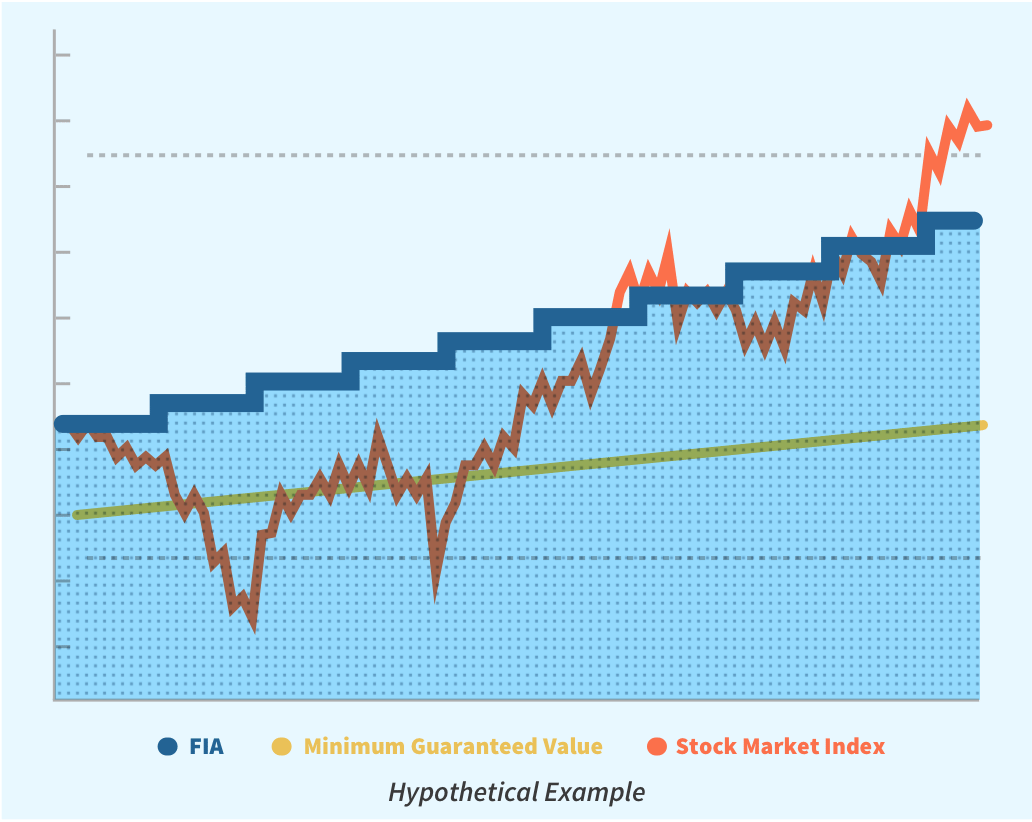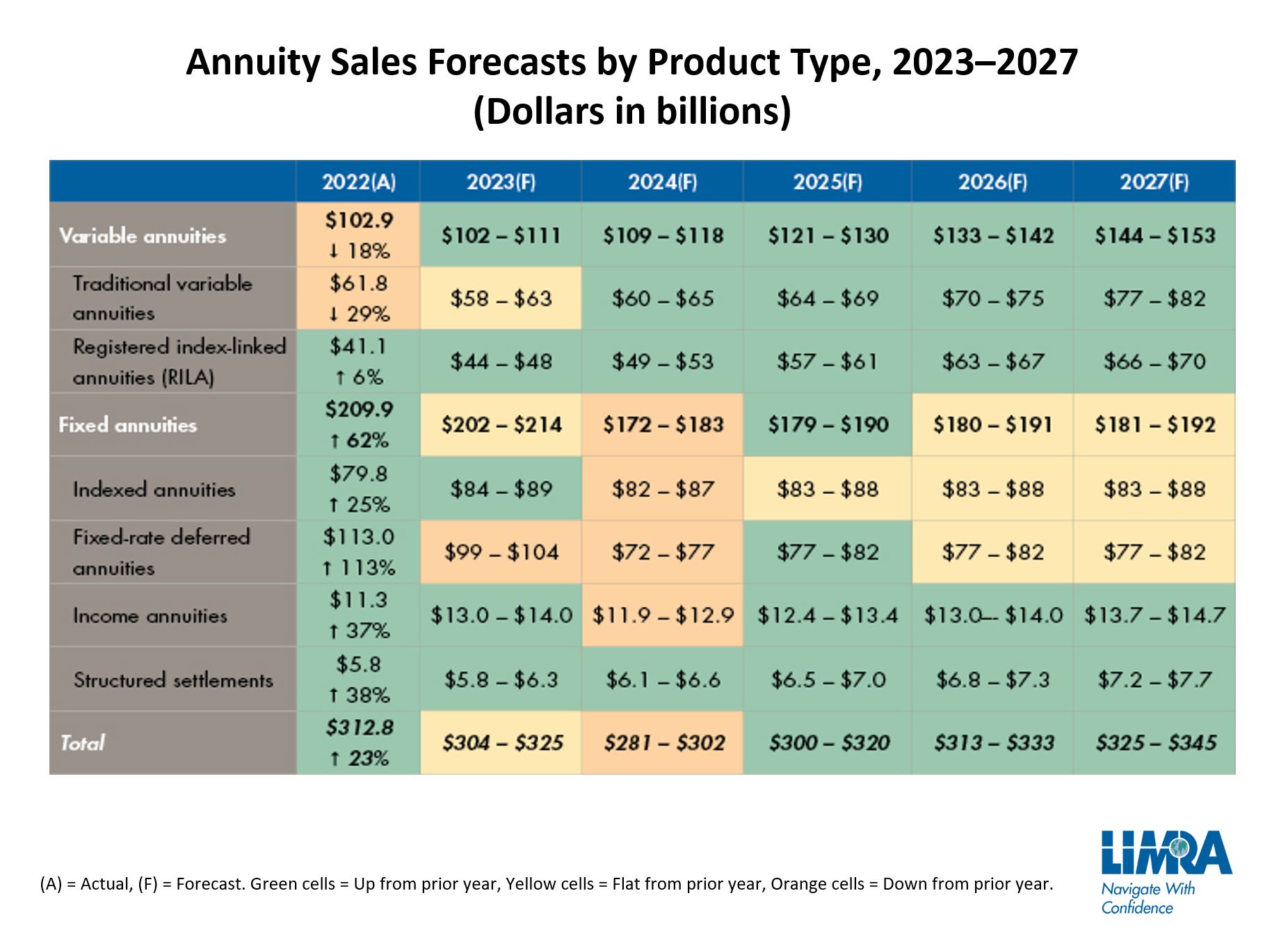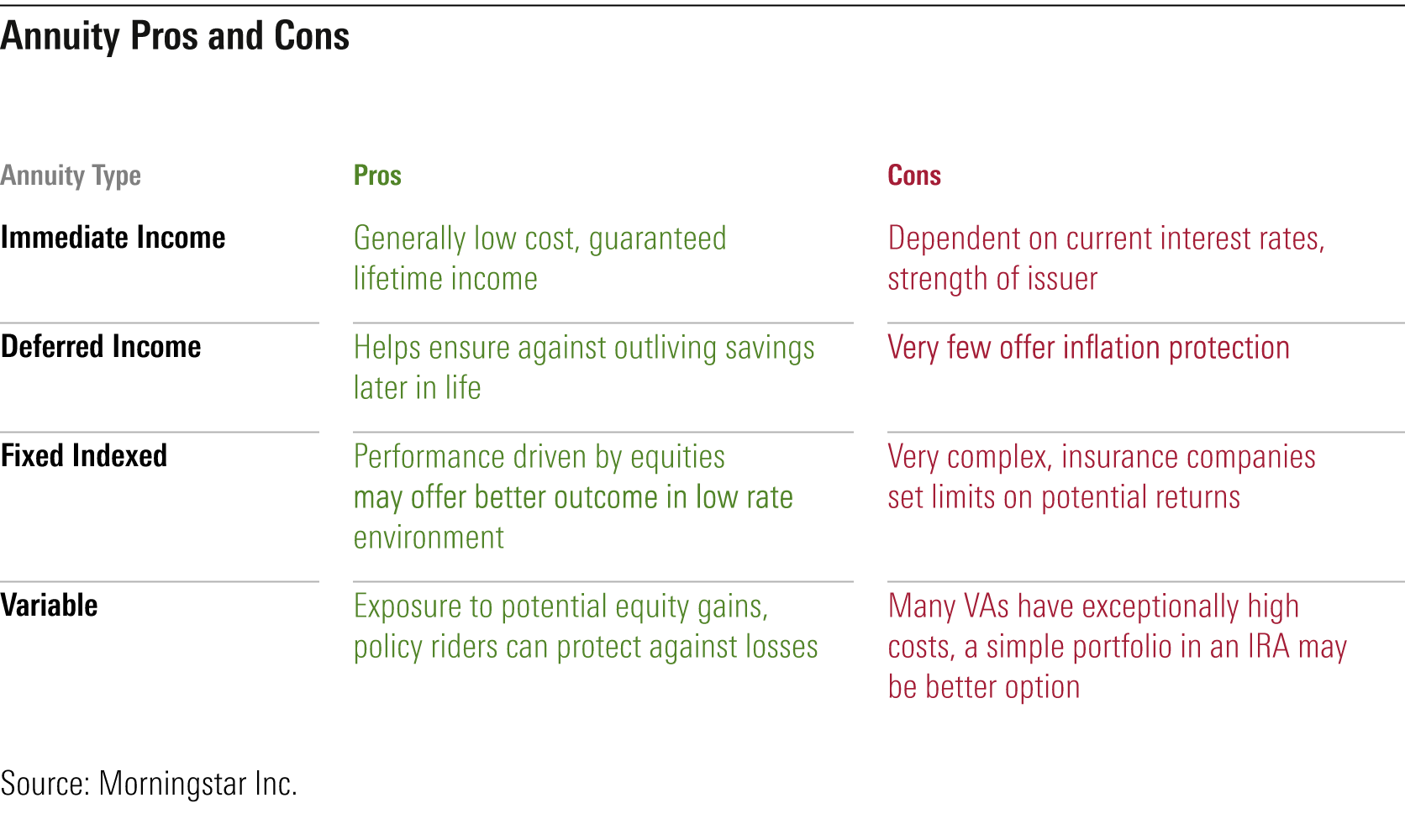All Categories
Featured
Table of Contents
Just as with a fixed annuity, the owner of a variable annuity pays an insurance provider a swelling sum or series of repayments in exchange for the guarantee of a series of future repayments in return. However as mentioned over, while a repaired annuity grows at a guaranteed, consistent price, a variable annuity expands at a variable rate that depends upon the performance of the underlying financial investments, called sub-accounts.

Throughout the accumulation phase, assets purchased variable annuity sub-accounts grow on a tax-deferred basis and are tired just when the contract proprietor withdraws those earnings from the account. After the accumulation phase comes the income stage. Over time, variable annuity possessions need to theoretically raise in worth until the contract owner chooses he or she would love to start taking out cash from the account.
The most substantial problem that variable annuities usually existing is high cost. Variable annuities have a number of layers of fees and expenses that can, in accumulation, create a drag of up to 3-4% of the contract's value each year.
Breaking Down Your Investment Choices A Closer Look at How Retirement Planning Works Defining Tax Benefits Of Fixed Vs Variable Annuities Advantages and Disadvantages of Different Retirement Plans Why Tax Benefits Of Fixed Vs Variable Annuities Is a Smart Choice How to Compare Different Investment Plans: Explained in Detail Key Differences Between Deferred Annuity Vs Variable Annuity Understanding the Risks of Immediate Fixed Annuity Vs Variable Annuity Who Should Consider What Is A Variable Annuity Vs A Fixed Annuity? Tips for Choosing the Best Investment Strategy FAQs About Fixed Income Annuity Vs Variable Annuity Common Mistakes to Avoid When Choosing a Financial Strategy Financial Planning Simplified: Understanding Your Options A Beginner’s Guide to Smart Investment Decisions A Closer Look at Fixed Annuity Or Variable Annuity
M&E cost costs are calculated as a portion of the contract worth Annuity issuers pass on recordkeeping and other administrative expenses to the contract proprietor. This can be in the type of a level yearly charge or a percent of the agreement worth. Management costs might be consisted of as component of the M&E threat fee or may be evaluated individually.
These charges can range from 0.1% for easy funds to 1.5% or more for proactively taken care of funds. Annuity contracts can be tailored in a variety of methods to serve the certain demands of the contract owner. Some usual variable annuity riders include guaranteed minimal build-up benefit (GMAB), guaranteed minimum withdrawal advantage (GMWB), and ensured minimum revenue benefit (GMIB).

Variable annuity payments provide no such tax obligation reduction. Variable annuities often tend to be very inefficient vehicles for passing wide range to the following generation because they do not enjoy a cost-basis modification when the initial agreement owner dies. When the owner of a taxed financial investment account passes away, the price bases of the financial investments held in the account are gotten used to show the marketplace rates of those financial investments at the time of the owner's death.
Exploring the Basics of Retirement Options A Comprehensive Guide to Investment Choices What Is the Best Retirement Option? Features of Fixed Interest Annuity Vs Variable Investment Annuity Why Fixed Index Annuity Vs Variable Annuities Is a Smart Choice How to Compare Different Investment Plans: Simplified Key Differences Between Different Financial Strategies Understanding the Risks of Long-Term Investments Who Should Consider Strategic Financial Planning? Tips for Choosing Retirement Income Fixed Vs Variable Annuity FAQs About Planning Your Financial Future Common Mistakes to Avoid When Planning Your Retirement Financial Planning Simplified: Understanding Your Options A Beginner’s Guide to Fixed Annuity Vs Equity-linked Variable Annuity A Closer Look at Fixed Index Annuity Vs Variable Annuities
For that reason, successors can inherit a taxable investment portfolio with a "fresh start" from a tax obligation viewpoint. Such is not the instance with variable annuities. Investments held within a variable annuity do not receive a cost-basis adjustment when the original proprietor of the annuity dies. This means that any kind of collected unrealized gains will certainly be passed on to the annuity owner's successors, along with the associated tax obligation problem.
One substantial concern associated with variable annuities is the possibility for disputes of interest that may feed on the component of annuity salespeople. Unlike a financial expert, that has a fiduciary obligation to make investment decisions that benefit the client, an insurance coverage broker has no such fiduciary responsibility. Annuity sales are extremely rewarding for the insurance policy specialists who offer them as a result of high in advance sales compensations.

Lots of variable annuity contracts include language which puts a cap on the percent of gain that can be experienced by specific sub-accounts. These caps avoid the annuity proprietor from fully taking part in a portion of gains that might or else be enjoyed in years in which markets generate substantial returns. From an outsider's viewpoint, presumably that financiers are trading a cap on investment returns for the aforementioned ensured floor on investment returns.
As kept in mind over, surrender charges can severely restrict an annuity owner's capability to move possessions out of an annuity in the early years of the contract. Even more, while many variable annuities enable contract proprietors to take out a defined amount during the accumulation phase, withdrawals yet quantity usually result in a company-imposed cost.
Withdrawals made from a fixed rate of interest rate financial investment choice could additionally experience a "market worth modification" or MVA. An MVA readjusts the worth of the withdrawal to mirror any kind of changes in rate of interest from the moment that the cash was bought the fixed-rate option to the time that it was taken out.

On a regular basis, even the salesmen who market them do not completely recognize exactly how they work, and so salespeople in some cases take advantage of a customer's feelings to offer variable annuities as opposed to the advantages and suitability of the products themselves. Our team believe that investors ought to completely comprehend what they have and exactly how much they are paying to possess it.
Exploring the Basics of Retirement Options Everything You Need to Know About Annuity Fixed Vs Variable Breaking Down the Basics of Fixed Interest Annuity Vs Variable Investment Annuity Features of Variable Annuity Vs Fixed Annuity Why Fixed Annuity Or Variable Annuity Can Impact Your Future How to Compare Different Investment Plans: How It Works Key Differences Between Fixed Income Annuity Vs Variable Annuity Understanding the Rewards of Fixed Vs Variable Annuity Pros And Cons Who Should Consider Strategic Financial Planning? Tips for Choosing the Best Investment Strategy FAQs About Planning Your Financial Future Common Mistakes to Avoid When Planning Your Retirement Financial Planning Simplified: Understanding Your Options A Beginner’s Guide to Smart Investment Decisions A Closer Look at How to Build a Retirement Plan
Nevertheless, the very same can not be claimed for variable annuity properties held in fixed-rate financial investments. These possessions lawfully come from the insurer and would certainly for that reason go to threat if the firm were to fail. Any type of assurances that the insurance firm has agreed to provide, such as a guaranteed minimum income benefit, would be in inquiry in the occasion of a company failure.
Prospective purchasers of variable annuities must recognize and consider the economic problem of the providing insurance coverage company before getting in into an annuity contract. While the advantages and disadvantages of numerous types of annuities can be discussed, the actual problem surrounding annuities is that of suitability.
After all, as the saying goes: "Caveat emptor!" This short article is prepared by Pekin Hardy Strauss, Inc. Best retirement annuity options. ("Pekin Hardy," dba Pekin Hardy Strauss Wide Range Monitoring) for informative purposes just and is not meant as an offer or solicitation for organization. The details and information in this post does not make up lawful, tax obligation, audit, financial investment, or various other professional suggestions
Table of Contents
Latest Posts
Breaking Down Fixed Interest Annuity Vs Variable Investment Annuity Key Insights on Your Financial Future Defining the Right Financial Strategy Features of Annuities Fixed Vs Variable Why Choosing the
Decoding Fixed Annuity Vs Variable Annuity Key Insights on Your Financial Future Breaking Down the Basics of Investment Plans Features of Smart Investment Choices Why Annuity Fixed Vs Variable Can Imp
Decoding Immediate Fixed Annuity Vs Variable Annuity A Closer Look at How Retirement Planning Works What Is the Best Retirement Option? Advantages and Disadvantages of Annuities Fixed Vs Variable Why
More
Latest Posts